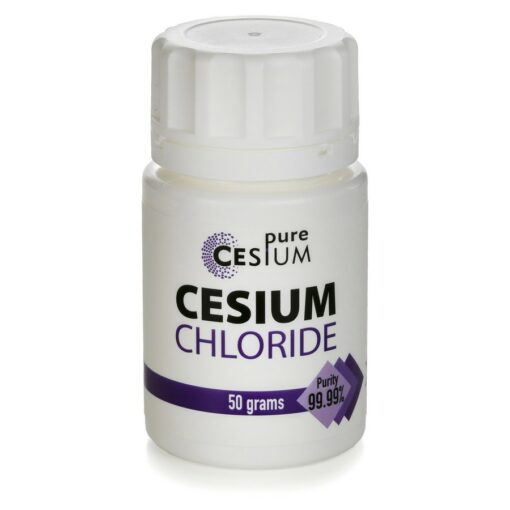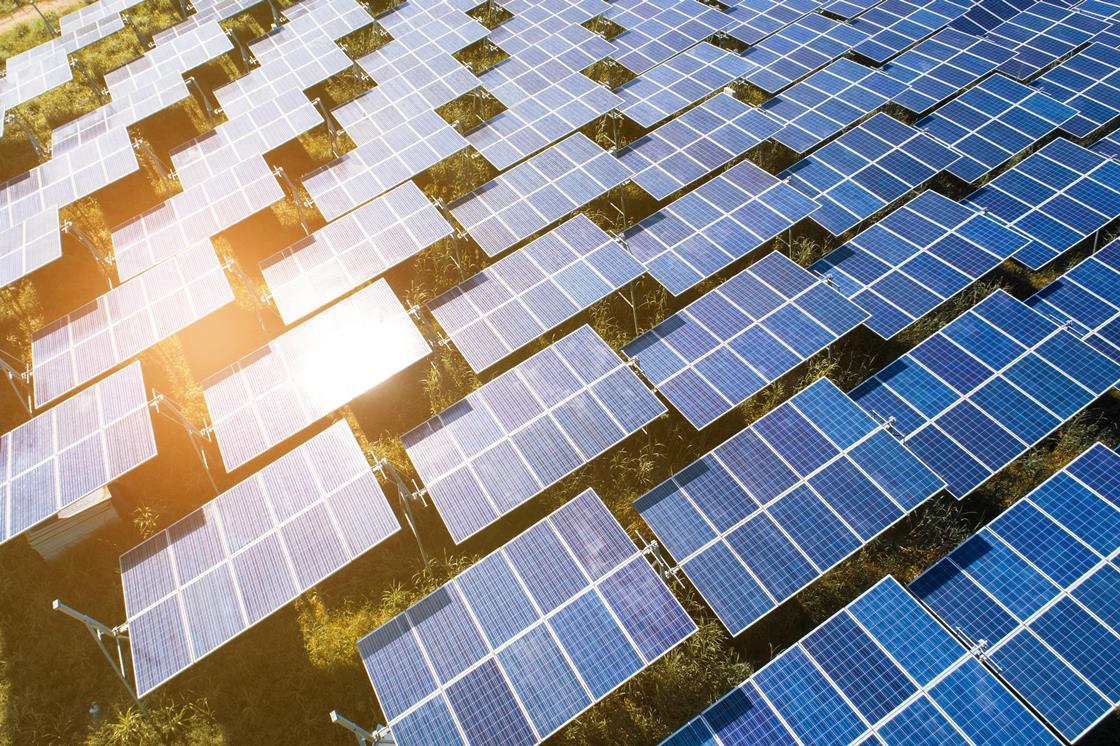
It does not matter whether you end up with a sodium ion or a chloride ion in the center of the cube - all that matters is that they alternate in all three dimensions. Use different colors or different sizes for the two different ions, and don't forget a key. Now all you have to do is put the ions in.

To complete the process you will also have to join the mid point of each face (easily found once you've joined the edges) to the mid point of the opposite face. Now the tricky bit! Subdivide this big cube into 8 small cubes by joining the mid point of each edge to the mid point of the edge opposite it. Turn this into a perfect cube by joining the squares together: If you get it wrong, the ions get all tangled up with each other in your final diagram. You might have to practice a bit to get the placement of the two squares right.

Now draw an identical square behind this one and offset a bit. This diagram represents only a tiny part of the whole sodium chloride crystal the pattern repeats in this way over countless ions. Sodium chloride is described as being 6:6-coordinated. By chance we might just as well have centered the diagram around a chloride ion - that, of course, would be touched by 6 sodium ions. The sodium ion in the center is being touched by 6 chloride ions. Only those ions joined by lines are actually touching each other. We normally draw an "exploded" version which looks like this: This diagram is easy enough to draw with a computer, but extremely difficult to draw convincingly by hand. If you look at the diagram carefully, you will see that the sodium ions and chloride ions alternate with each other in each of the three dimensions. A small representative bit of a sodium chloride lattice looks like this: That is different from, say, a water molecule which always contains exactly 2 hydrogen atoms and one oxygen atom - never more and never less. There could be billions of sodium ions and chloride ions packed together, or trillions, or whatever - it simply depends how big the crystal is. It means that you can't state exactly how many ions there are. You should be clear that giant in this context does not just mean very large. So sodium chloride (and any other ionic compound) is described as having a giant ionic structure. Compounds like this consist of a giant (endlessly repeating) lattice of ions. Sodium chloride is taken as a typical ionic compound. The structure of a typical ionic solid - sodium chloride


 0 kommentar(er)
0 kommentar(er)
